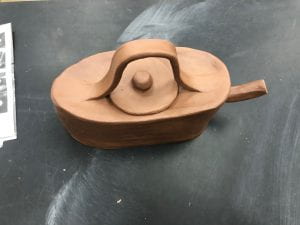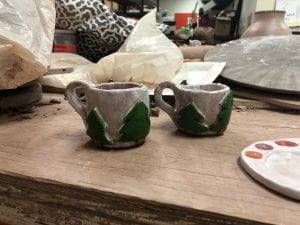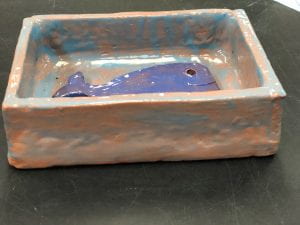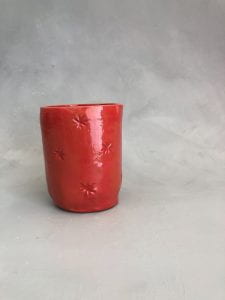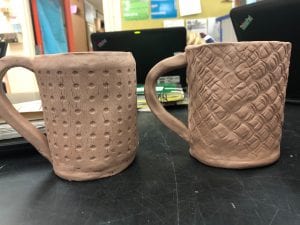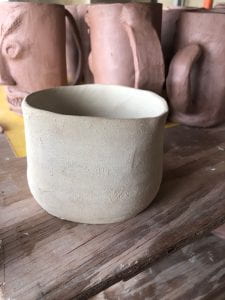



Artist Develop Art Making Skills:
What new techniques or processes have you learned? How did you apply it to you work?
-When working on the wheel I learned how to properly place my hands to create even walls and a thin base. I also learned to round off the bottom with the wooden angled tool. I applied this to make a symmetrical bowl with even walls and a rounded base.
How did you increase your skill with familiar materials or techniques?
-I increased my skill by watching videos and trying out the techniques they had. I also had acrylic nails on that made the process even more difficult. I tried my own techniques to get around this obstacle and it worked out to my advantage. in place of my fingers a lot of the tie I would use the sponge and the sides of my palms as well and my knuckles.
Artist Reflect:
When did you step back and analyze your work during this project? What was the result?
-I stepped back and analyzed after the first week on the wheel. After spending the weekend watching videos and looking back on my own mistakes, I took it upon myself to really focus and put in effort, unlike the first week. This is when I ended up with my two successes.
If you could create this artwork again from the beginning, how would it be different?
-I would try to make one of the bowls wider and one of the bowls taller, just to have variety in each.
